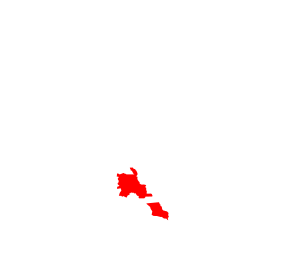

Please add profiles of those who were born, lived or died in St. Martin Parish, Louisiana.
St. Martin Parish was largely colonized in the 1700s by people from France and Acadia, resulting in a large concentration of French-speaking population today. The Acadians brought the tale of Evangeline, a young woman said to have been separated from her mortally wounded betrothed during their expulsion by the British from their territory in eastern Canada. According to the tale, Evangeline later met her betrothed again in St. Martin Parish, but he had already committed to a new love. Evangeline never recovered from the shock of both finding and losing him again. Poet Henry Wadsworth Longfellow's work, Evangeline, A Tale of Acadie, was based on this story.
Evangeline was and remains an icon of Acadian and American culture. The historical Evangeline, who is believed by some to have been an orphan girl named Emmeline Labiche, was purportedly buried on the grounds of St. Martin de Tours Catholic Church in St. Martinville.
St. Martin was a very prosperous parish, growing rapidly in the early 1800s. Most of the revenue at that time was being made by raising cattle. Other profitable crops were cotton, sugar, corn, rice and tobacco. These were sold to the New Orleans market. Wealthy planters used slaves as labor on their plantations, and by 1860, there were over 7,000 slaves in the parish.
A yellow fever epidemic in 1855, followed by a deadly fire and a destructive hurricane combined with the effects of the American Civil War and Reconstruction took a heavy toll on the parish.
Atchafalaya National Wildlife Refuge (part)
